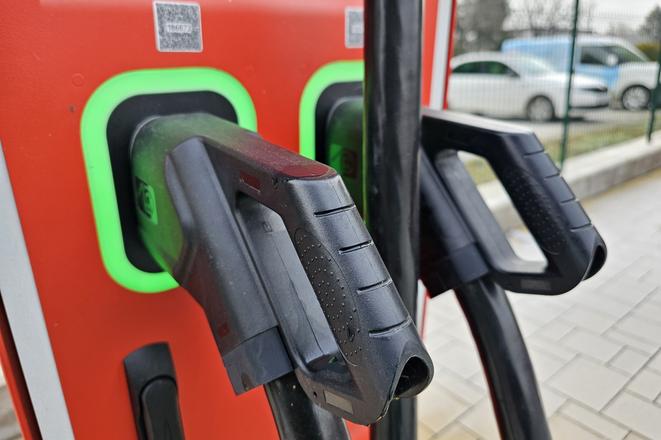“I still need to charge the car a bit more, in order for the battery to last until Budča, at least. About half an hour,” Renáta Ondrušková said one January morning as she prepared to set off with a friend for a journey from Bratislava to Košice. She wanted to test her small electric car on the long, 400-kilometre-plus cross-country route and try out Slovakia’s network of charging stations.
Even though her BMW i3 electric car was promoted as having quite an impressive range in terms of its size, she knew that she would need to recharge it on the way between the Slovak capital and the country's second biggest city. She was hoping that two stops would be enough.
However, the problem with the current network of chargers in Slovakia is that while there are now enough chargers in the capital and in other big towns, they are rather scarce along highways, dual-carriageways and first-class roads, forcing divers to plan very precisely where they intend to charge in order not to be left stranded on the road with a completely empty battery.
“There are still too few opportunities to charge cars on highways and main roads,” said Ondrušková, adding that she does not use public chargers in the capital as she can charge her car at home, using electricity produced by the solar panels on the roof of her house.
The Slovak Electromobility Association (SEVA) and operators of petrol stations and chargers consider the current network of charging stations in Slovakia and their charging capacity, based on their utilisation, to be sufficient for current customers.
“Slovakia is one of the countries in Europe with the lowest number of electric vehicles per charging point,” Miroslava Schneider, from the press department of petrol company and filling station operator Slovnaft, told The Slovak Spectator, adding that building new charging stations must make economic sense.


